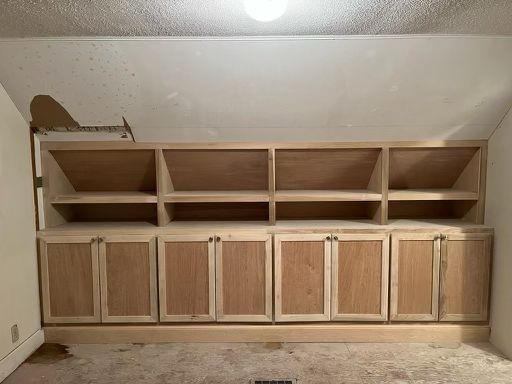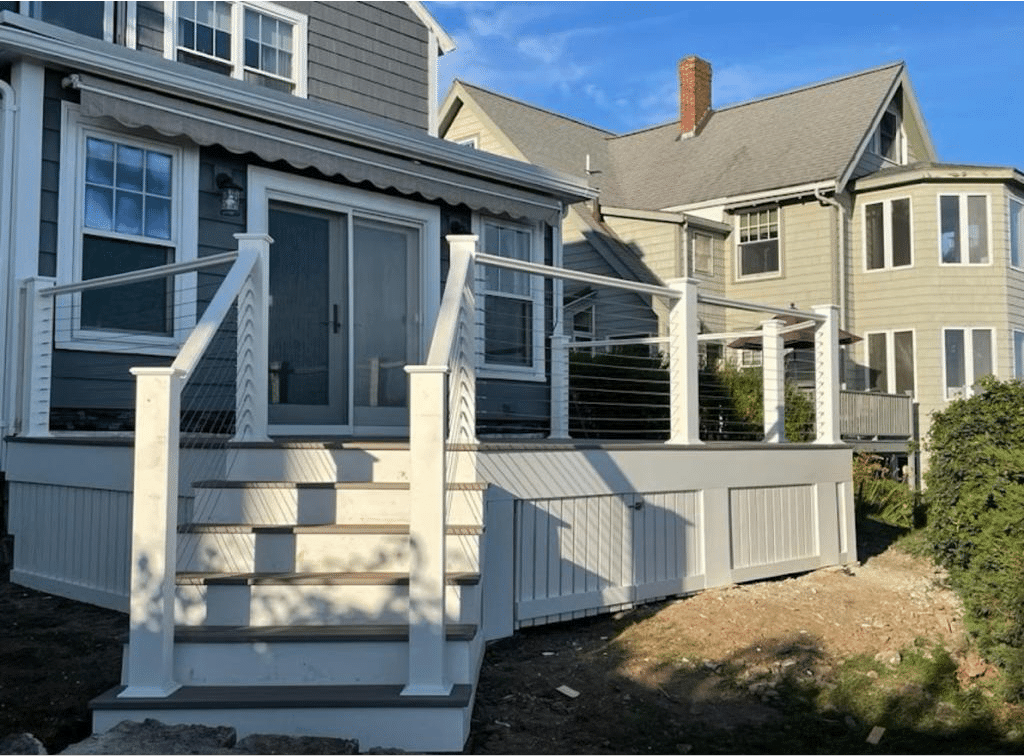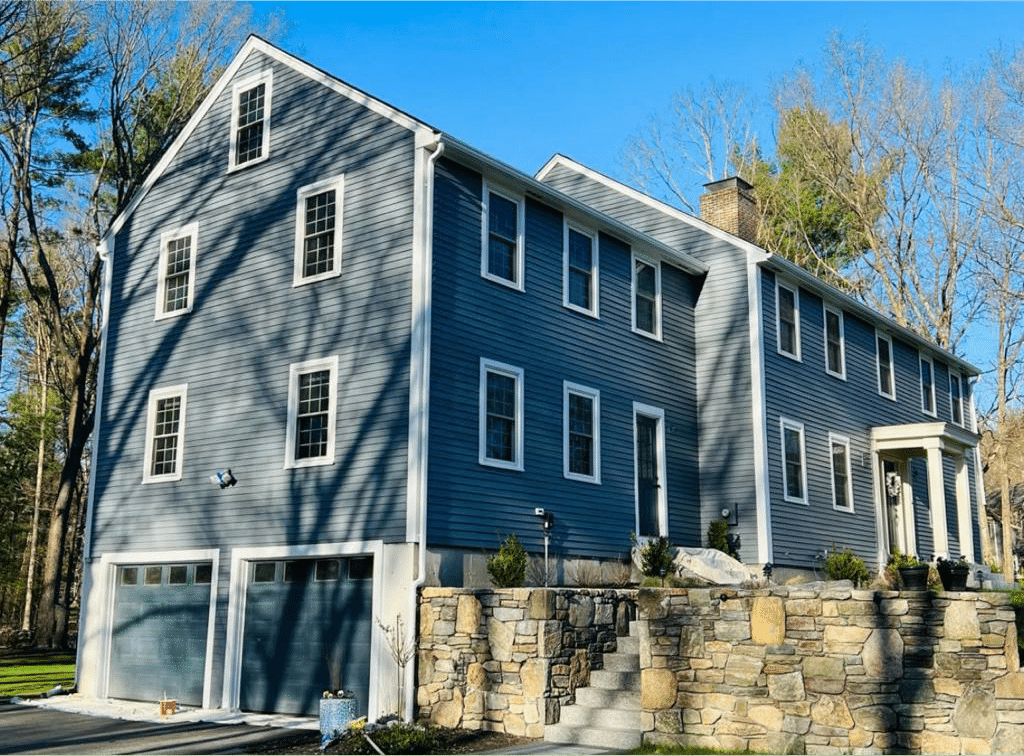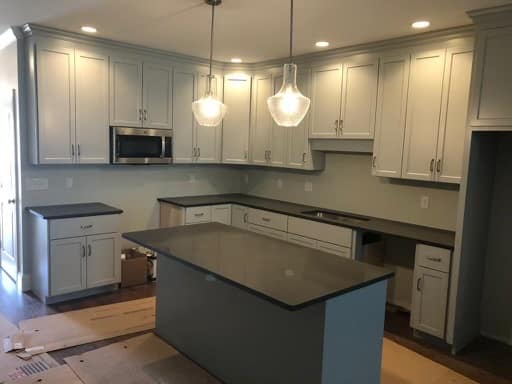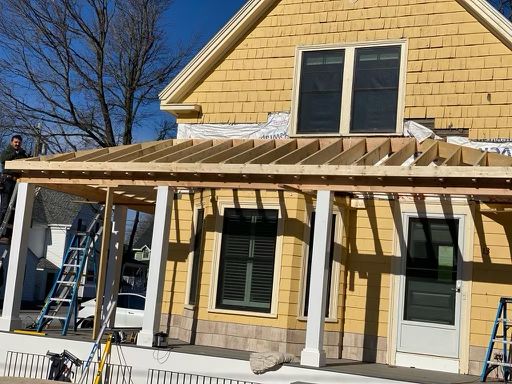Countertop

Granite
Granite is used in the construction industry due to its beauty, durability and resilience. There are different colors and patterns and is therefore widely used in countertops, floors, fire places, coverings and monuments, among others. Moreover, It is quarried and polished to enhance its natural beauty. On the other hand, quartz, it is porous, so it needs to be sealed before use. Granite is less likely to stain than other surfaces.

Quartz
Quartz countertops offer the same resilience as granite, yet with greater flexibility to prevent chipping or cracking. Quartz is less porous and therefore requires less maintenance in terms of sealing, which can be an advantage in environments subject to liquid spills.

Quartzite
Quartzite is known for its extreme hardness and resistance. It is one of the hardest rocks in the world, comparable in hardness to granite. Quartzite is a popular choice for those who are looking for a luxurious , elegant look on their surfaces, but also want the durability and resistance found in high-quality stone, require less sealing, and are easier to clean and maintain.
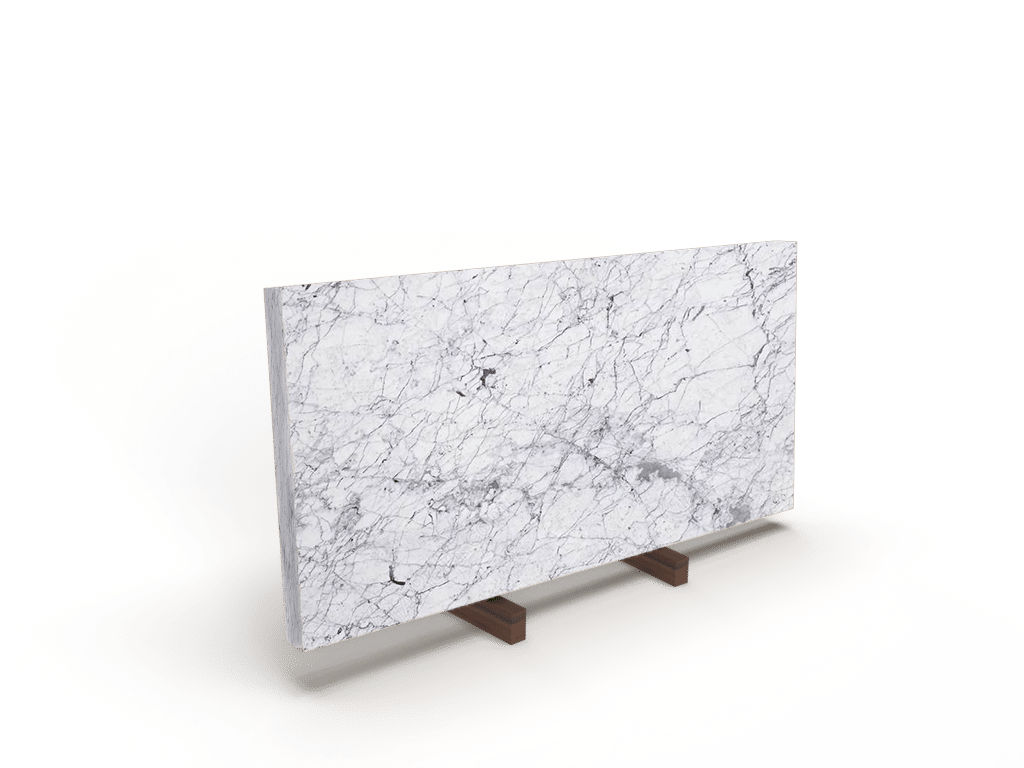
Marble
Marble is a relatively soft rock compared to granite and quartzite, which makes it more susceptible to scratching and wear over time. Marble is porous and therefore requires more care and maintenance. It is important t o seal the marble regularly to prevent liquid absorption and stains. Marble is associated with luxury and elegance, its natural beauty, soft shine and variety of colors make it a highly valued material to create sophisticated and refined environments.
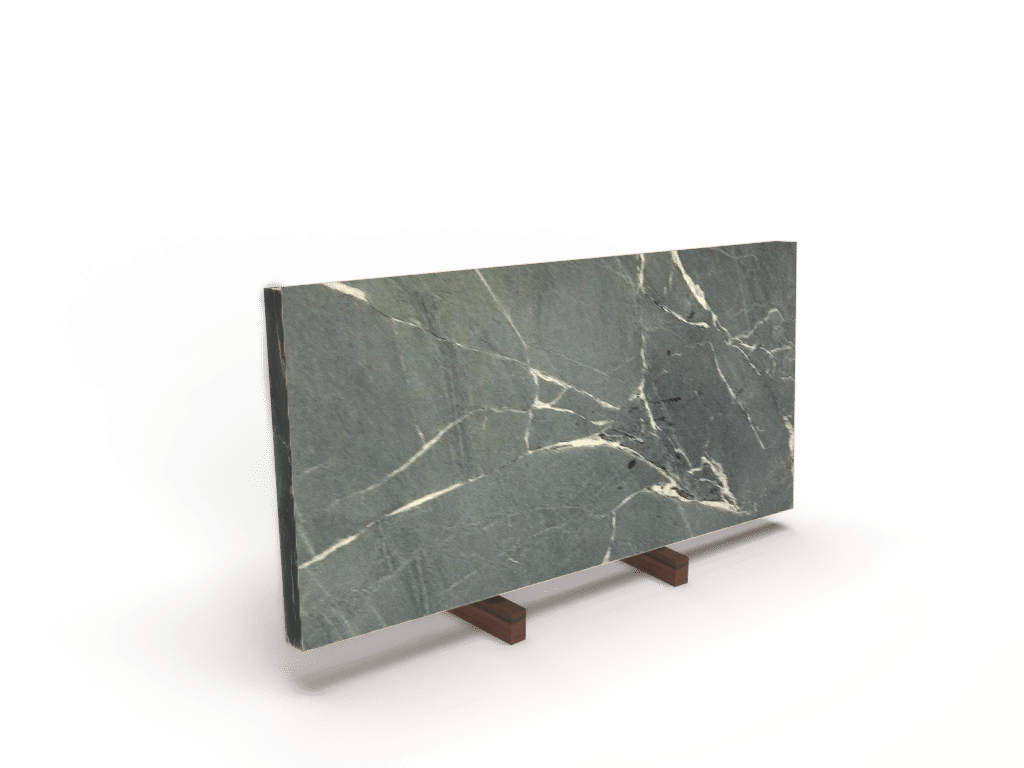
Soapstone
Soapstone is characterized by its smooth and soft texture, which makes it pleasant to the touch and known for its excellent heat resistance. I t is able to withstand high t emperatures without being damaged, making it a popular choice for fireplaces and wood stoves.However, because soapstone is a relatively soft rock, it can scratch or wear out over time.

Porcelain
Porcelain is a ceramic material made from a mixture of fine clay, kaolin, feldspar and quartz. This mixture is molded into desired shapes and fired at high temperatures to create a tough, low-porosity ceramic that makes it resistant to staining, scratching and wear. t’s a great choice for high-traffic, heavy-use areas. Porcelain can be produced in a wide variety of colors, patterns and textures. It can imitate other materials such as natural stone, wood and concrete.

